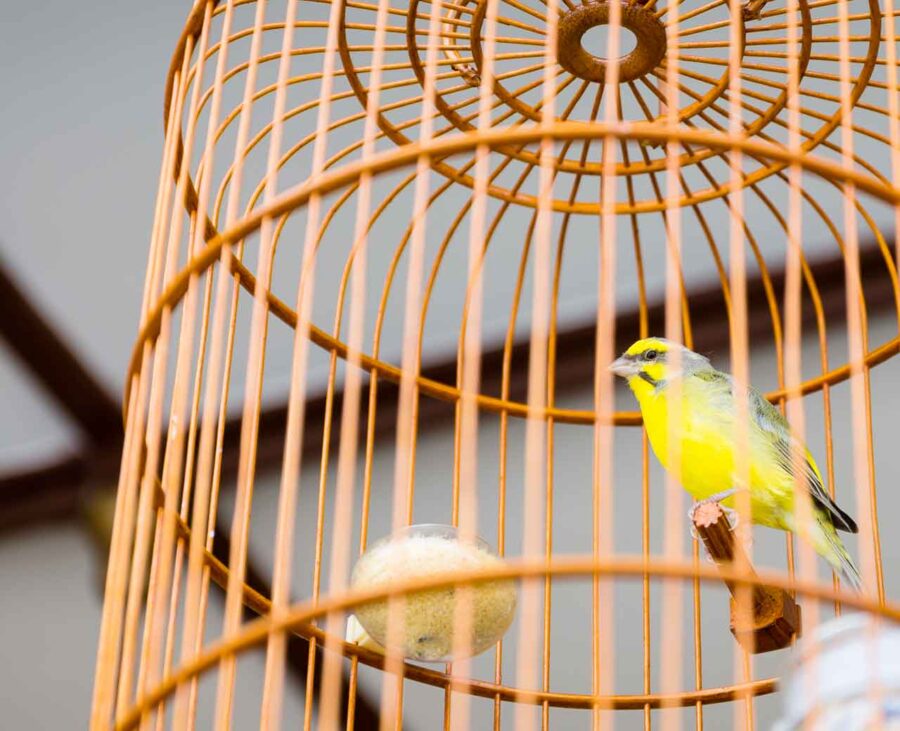
Planning to Travel with Your Pet Bird
Whether you’re planning a weekend getaway or an extended trip, bringing your bird along can be a rewarding experience—with the right preparation. Birds are creatures of habit, and changes in environment or routine may be stressful. With thoughtful planning and care, however, travel can be a safe and positive adventure for both you and your feathered companion. Here’s what to know before hitting the road (or sky) with your bird.
Should You Travel with Your Bird?
Before you start packing, consider whether traveling is the right choice for your bird. Some birds are adaptable and may enjoy the stimulation of new sights and sounds, while others are more anxious and may do better staying home with a trusted pet sitter or at a reputable avian boarding facility. To decide, ask yourself questions such as:
- Is my bird healthy enough to travel?
- Will the travel environment be safe and comfortable for them?
- Are there any legal restrictions or quarantine requirements at the destination?
If your bird has a nervous temperament, medical issues, or you’re going somewhere with extreme temperatures or limited accommodations, it may be best to leave them in familiar surroundings.
Before You Go: Pre-Trip Preparation
If you decide to bring your bird along on your travels, here are some key steps to help you prepare:
Visit your avian veterinarian
A quick health check at the vet will ensure that your bird is travel-ready. Some destinations may also require a health certificate.
Choose a secure travel carrier
Use a travel carrier designed for birds with proper ventilation and secure locks. Line the bottom with paper towels or newspaper for easy cleanup and comfort.
Acclimate your bird to the carrier—and the car
Well in advance of your trip, place your bird in the carrier for short periods at home, using treats and toys to create a positive association. Then, begin taking them on short drives (not just to the vet) in order to help your bird get used to the movement and sounds of car travel.
Pack the essentials
Be sure to bring food, water, treats, paper towels, extra liners, toys, a cover for the carrier, and any medications that your bird might need.
Check pet policies
If you’ll be flying to your destination, call the airline to confirm their policy on birds, and ask about documentation requirements. For car trips, map out pet-friendly accommodations in advance.
Tips for Car Travel with Birds
Traveling by car is usually less stressful for birds than flying, as it offers more flexibility and control over the environment. However, there are still some important considerations to keep in mind:
Secure the carrier
Use a seatbelt or place the carrier in a secure, level spot where it won’t slide or tip over.
Maintain a comfortable temperature
Avoid direct sunlight or cold drafts, as birds are sensitive to temperature extremes.
Keep things as calm as possible
Avoid loud music, sudden stops, or excessive chatter. Covering part of the carrier with a breathable cloth can help reduce visual stress.
Make regular stops—but never leave your bird alone in the car
Even with the windows cracked, a parked car can quickly become dangerously hot or cold. Theft is also a serious risk. If you’re traveling alone and must stop, plan ahead for safe options—or better yet, bring a travel companion. As a general rule, if your trip is longer than three hours, having a second person along is highly recommended for your bird’s safety. Additionally, be sure to offer fresh water at breaks and check to make sure that your bird is comfortable and alert.
What to Know About Flying with a Bird
Flying with your pet bird requires more planning and paperwork than a car trip, but it can be done. Here are some important steps:
Book your trip early
Some airlines limit the number of pets allowed in the cabin and may not permit birds at all. Try to book your flight well in advance and confirm all policies with the airline.
Use an airline-approved carrier
The carrier will need to fit under the seat and meet the airline’s specific size and safety requirements.
Bring documentation
Airlines may require a health certificate issued within 10 days of travel. International trips often have stricter rules, including quarantine requirements.
Prepare for security
At TSA checkpoints, you may be asked to carry your bird through the scanner while the carrier goes through the x-ray. Ask for a private screening room if needed.
What to Do Once You Reach Your Destination
Once you arrive, take the following steps to help your bird settle in:
Set up a quiet space
Choose a calm, draft-free spot for your bird’s cage or carrier. Recreate as much of their home setup as possible to make them feel secure.
Stick to routines
Feed your bird at the usual times and keep familiar toys nearby. Routine offers comfort in new surroundings.
Monitor behavior
Watch for signs of stress such as loss of appetite, aggression, or feather plucking. Give your bird time to adjust slowly.
Travel Can Be an Enriching Experience—With the Right Preparation
With proper planning, a patient approach, and your bird’s well-being as the top priority, travel can be a safe and enriching experience for both you and your feathered friend. Whether you’re headed to the next town or across the country, a little extra preparation will go a long way in keeping your bird healthy, happy, and calm on the journey.





